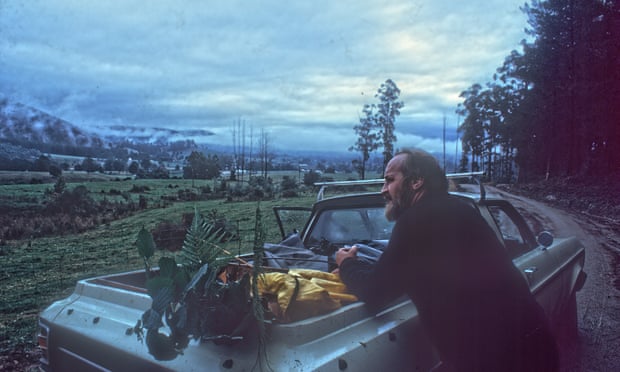Another year, another U.S. Energy Information Agency (EIA) assessment report that makes the agency's own forecasters look foolish.
In the latest Electric Power Monthly report, which covers all twelve months of 2015, the EIA revealed that renewable energy sources accounted for nearly 13.5-percent of the nation’s utility-scale electrical output. This is up by more than 2-percent over 2014. But get this: less than three months earlier, in the “Short-Term Energy Outlook,” the agency predicted “total renewables used in the electric power sector to decrease by 1.8% in 2015.”
The EIA’s record for long-term forecasts is no better. In fact, it’s consistently worse. ...
“Just a few years ago EIA had forecast that renewables might provide 15% of the nation's electricity by 2035,” said Bossong. “It now appears that goal could be reached within the next two years and quite possibly sooner!”
This isn’t the rare instance of the EIA getting something wrong. Rather, it’s something of an annual tradition. Consider these examples, taken at random (and culled from links I’ve bookmarked over the past few years under the tag, “EIA wrong”):
“In 2009, the federal government’s Energy Information Administration made a forecast for the next two decades: U.S. wind power would grow modestly, reaching 44 gigawatts of generating capacity in 2030, while solar power would remain scarce, inching up to 12 GW. Just six years later, U.S. wind capacity is already up to 66 GW, and solar has shot up to 21 GW. There's now enough installed wind and solar to power 25 million American homes— more than three times what the EIA expected before President Obama took office.” Michael Grunwald in Politico
“In 2005, EIA forecast that U.S. solar power capacity would hit about 1.2 GW in 2013. Where are we right now [in 2013]? According to Greentech Media, the U.S. is closing in (if it already hasn’t passed) the 10 GW mark in solar PV capacity right about now, and that’s not even counting solar thermal power generating capacity (according to this article, you can add another 1 GW or so of U.S. solar thermal power capacity). In sum, EIA forecast 1.2 GW of U.S. solar power capacity in 2013; the actual figure is around 11 GW – nearly 10 times higher than EIA forecast!” Former EIA employee Lowell Feld, in 2013.
“The report this year [2015] predicts that by 2040, the U. S. will have added only 48 gigawatts of solar generating capacity. The Solar Energy Industries Association (SEIA) expects that the industry will add half of that by the end of 2016. “ Samantha Page in ThinkProgress
In an update on June 2015, the EIA projected that the cheapest solar deployed in 2020 would cost $89 / mwh, after subsidies. That’s 8.9 cents / kwh to most of us. (This assumes that the solar Investment Tax Credit is not extended.)…How has that forecast worked out? Well, in Austin, Greentech Media reports that there are 1.2GW of bids for solar plants at less than $40/mwh, or 4c/kwh. And there are bids on the table for buildouts after the ITC goes away at similar prices. Ramez Naam

/cdn0.vox-cdn.com/uploads/chorus_asset/file/7335817/iceland-primary-energy-use_1940-20101.png)
/cdn0.vox-cdn.com/uploads/chorus_asset/file/7336233/Screen%20Shot%202016-10-24%20at%201.06.59%20PM.png)











